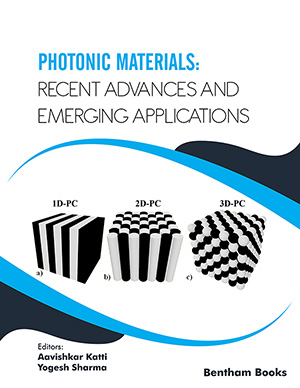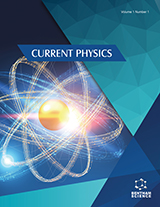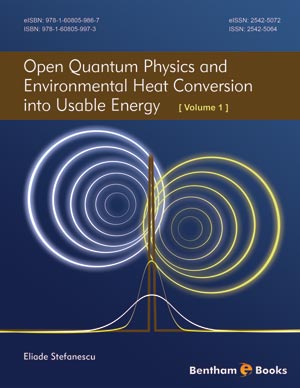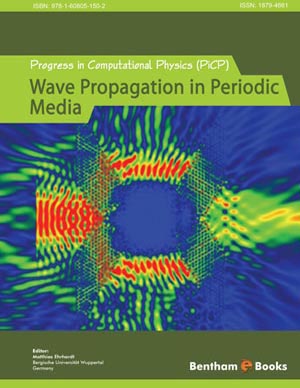Abstract
The adulteration of liquid fuels has several far-reaching repercussions, including pollution and a rising energy crisis. Around the world, fossil fuels are widely utilized for transportation and energy generation. Fuel adulteration currently threatens a big number of customers. Adulteration of fossil fuels with other recognised hydrocarbons is a common occurrence. Adulterants are added to these base fuels in the form of additional low-cost hydrocarbons with similar compositions, leading the base to be altered and degraded. Adulteration is an unauthorised or illegal introduction of a lower-quality external substance into a higher-quality commodity, causing the latter to lose its original composition and qualities. The Opto-Microfluidics approach is a new field that uses a small sample to identify adulteration in food and fuel, resulting in high-resolution findings. Consumers will benefit from very sensitive detection of dangerous adulteration in any commodity thanks to opto-microfluidic lab-on-chip technologies. Using the metal-polymer nanocomposites’ multilayer cylindrical nanostructure with a microfluidic channel, we develop a real-time and temperaturedependent prototype of the Bragg Opto-microfluidic sensor for effective tracking of contaminated fossil fuels. The purpose of this chapter is to examine the biological motivations for the development of multilayer photonic nanostructures and various types of fuel adulteration detection optical sensors using various sensor-based techniques, as well as to compare the Bragg Metal-Polymer nanocomposites optical sensor with other optical sensors. This chapter is devoted entirely to the use of the theoretical model's Kay, Eykman, Dale-Gladstone, Newton, and Lorentz-Lorenz, as well as Hankel formalism and the transfer matrix method for cylindrical symmetry.
Keywords: Photonic nanostructures, Fossil fuel and energy, Adulteration sensor, Transfer matrix method, Hankel formalism.













